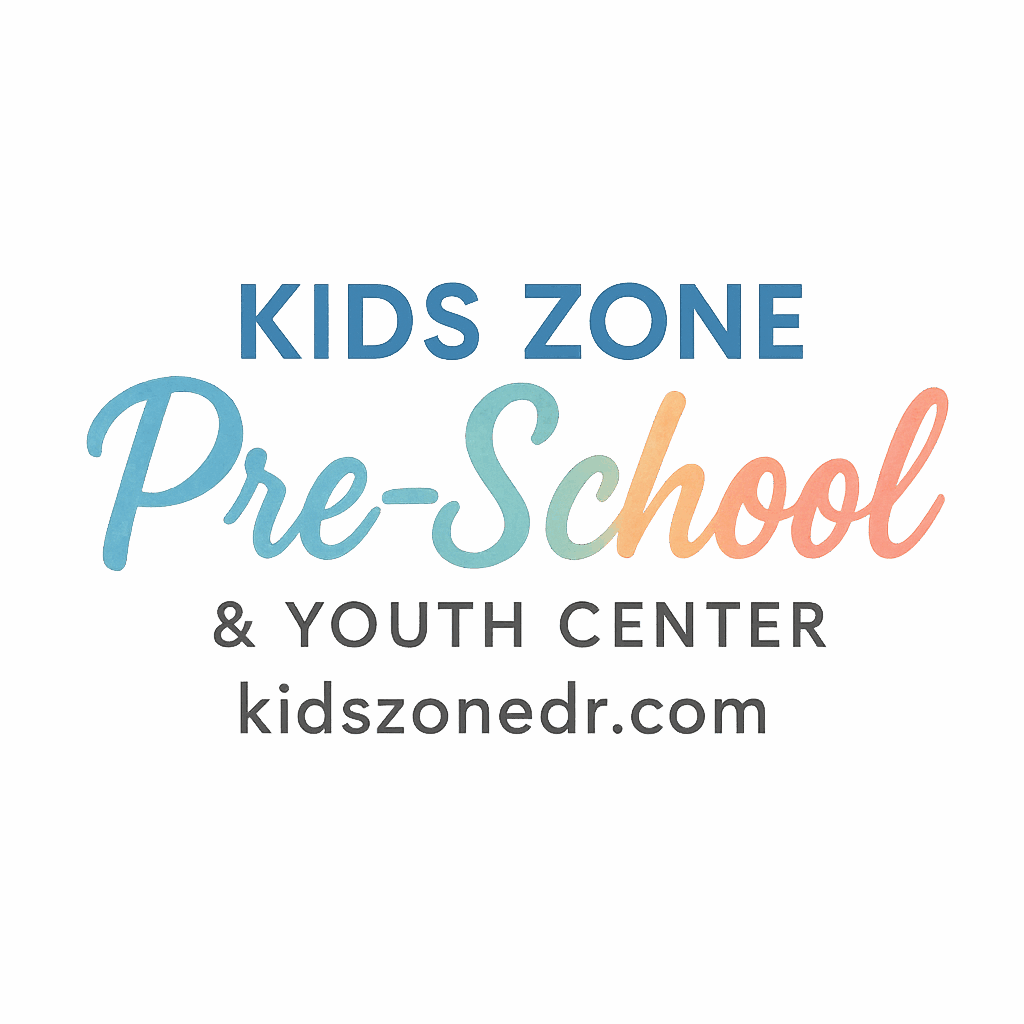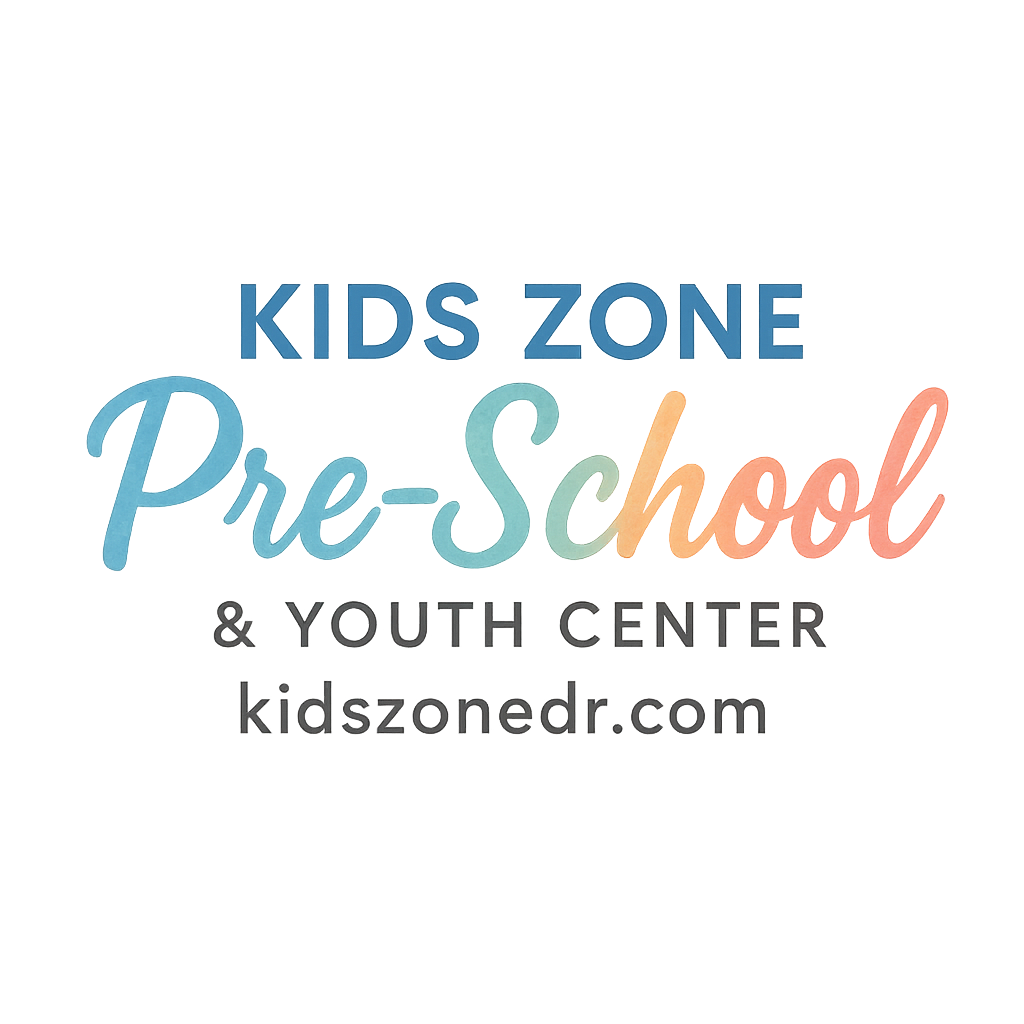Being a parent in today’s fast-paced world feels like juggling a dozen spinning plates at once. Between work, family responsibilities, and personal life, it can be tough to balance everything while ensuring your child thrives in a preschool or youth center environment. The good news? With the right strategies, you can make this journey smoother for both you and your little one.
In this guide, we’ll explore 10 practical preschool and youth center tips for busy parents—designed to help you navigate daily routines, foster healthy development, and build strong connections with your child’s school.
Why Preschool & Youth Centers Matter for Busy Parents
Preschools and youth centers are more than just a safe space for kids while parents work. They are environments where children develop essential life skills—socialization, confidence, independence, and early learning milestones. For busy parents, these centers provide structure, support, and peace of mind knowing their kids are in a nurturing environment.
If you’re wondering how to maximize your child’s preschool or youth center experience while staying on top of your busy schedule, these 10 parent-friendly tips will help.
Tip 1: Choosing the Right Preschool or Youth Center
Factors to Consider Before Enrolling
Your child’s preschool journey begins with the right choice of school. Look at curriculum styles (play-based, Montessori, or structured programs), teaching methods, and class sizes.
A school that aligns with your child’s personality and learning style can make a huge difference in their development.
Location, Safety, and Reputation
Location is key for busy parents. Choose a preschool close to home or work to save commuting time. Research the school’s reputation, visit in person, and ask about safety protocols and staff qualifications.
🔗 Explore our detailed guide on choosing the right preschool for practical advice.
Tip 2: Establishing Daily Routines for Kids
Morning Routines to Reduce Stress
Mornings often feel chaotic. To ease the rush, prepare clothes, snacks, and bags the night before. This way, you start the day with calm instead of panic.
After-School and Evening Routines
After preschool, kids need a balance of downtime and structured activities. Create a consistent evening routine—snack, playtime, homework (for older kids), and bedtime.
Check out how daily routines and activities help children feel secure.
Tip 3: Health and Safety Always Come First
Nutrition and Healthy Eating Habits
Healthy eating isn’t just about packing fruits and veggies; it’s about building habits. Include a variety of foods that promote growth and brain development.
For ideas, explore resources on healthy eating and nutrition.
Classroom Cleanliness and Safety Rules
Make sure the school follows strict hygiene rules and has safety measures in place. Curious kids learn best when they feel safe in their environment.
Learn more about health and safety in preschool.
Tip 4: Encourage Parental Guidance and Involvement
Attending Parent-Teacher Meetings
Even if your schedule is packed, prioritize parent-teacher meetings. These sessions give you insights into your child’s progress and challenges.
Volunteering and School Activities
Can’t commit long hours? That’s okay. Even small efforts—like reading a story to the class or helping during field trips—show your child that you care.
Check out the importance of parental involvement in early education.

Tip 5: Support Preschool Learning and Development
Building Confidence and Social Skills
Encourage playdates and group activities. These moments help children develop confidence, social etiquette, and teamwork.
Helping with Early Milestones
From recognizing letters to tying shoelaces, milestones matter. Support your child’s progress at home by making learning fun through games and storytelling.
Discover more about preschool learning and development.
Tip 6: Communication Is Key
Talk with Teachers Regularly
A quick chat during drop-off or pick-up can provide valuable updates on your child’s behavior and progress.
Encourage Your Child to Express Themselves
Ask open-ended questions: “What was the best part of your day?” instead of “Did you have fun?” This builds communication skills and helps children feel heard.
Explore resources on child talk.
Tip 7: Balance Structure with Flexibility
Importance of Daily Schedules
Children thrive on structure. A set schedule provides comfort and predictability, helping them know what comes next.
Check how daily schedules affect development.
Letting Kids Explore Freely
Balance structure with freedom. Give your child opportunities to explore interests like painting, singing, or building blocks.
Tip 8: Make the First Day Easier
Preparing Your Child Emotionally
The first day of preschool can feel overwhelming. Talk about what to expect, read books about starting school, and visit the center beforehand.
Check our resources on managing the first day of preschool.
Packing the Essentials
Pack a comfort item, healthy snacks, and extra clothes. Little things can make your child feel secure and comfortable.
Tip 9: Encourage Good Habits and Positive Routines
Building Independence
Let your child practice self-care skills like dressing themselves or cleaning up toys. These little steps boost independence and self-confidence.
Teaching Social Etiquette
Simple habits like saying “please” and “thank you” help children build respect and kindness.
Discover more about building lifelong habits and kids’ development.
Tip 10: Prioritize Your Own Wellness as a Parent
Managing Parental Stress
You can’t pour from an empty cup. Practice self-care—exercise, rest, or even five minutes of quiet time daily.
Building a Support Network
Connect with other parents, join online forums, or collaborate with your child’s school community. You’ll find you’re not alone in the journey.
Learn more about wellness and practical parenting tips.
Conclusion
Being a busy parent doesn’t mean you can’t be present and supportive in your child’s preschool or youth center experience. With the right balance of structure, involvement, and self-care, you can create a positive environment where your child thrives.
Remember: small, consistent efforts—like setting routines, communicating with teachers, and encouraging good habits—make a huge impact. And don’t forget to care for yourself in the process.
Your child’s growth is a journey, and with these 10 preschool and youth center tips for busy parents, you’re setting them up for success both inside and outside the classroom.
FAQs
1. What’s the best age to start preschool?
Most children start preschool between ages 3 and 4, but it depends on your child’s readiness and developmental milestones.
2. How do I prepare my child for their first day of preschool?
Talk about what to expect, visit the school together, and pack familiar items for comfort.
3. How can I balance work and parental involvement at preschool?
Even small acts like attending occasional meetings or volunteering once a semester show involvement.
4. What should I look for in a safe preschool environment?
Check for clear safety policies, trained staff, clean classrooms, and emergency procedures.
5. How do I handle separation anxiety?
Keep goodbyes short, reassure your child, and trust that teachers are trained to handle this transition.
6. How can I support learning at home without overwhelming my child?
Incorporate fun learning activities like puzzles, storytelling, or nature walks that feel like play, not pressure.
7. Why is routine so important for preschoolers?
Routines provide structure, reduce anxiety, and help children feel secure in their environment.


